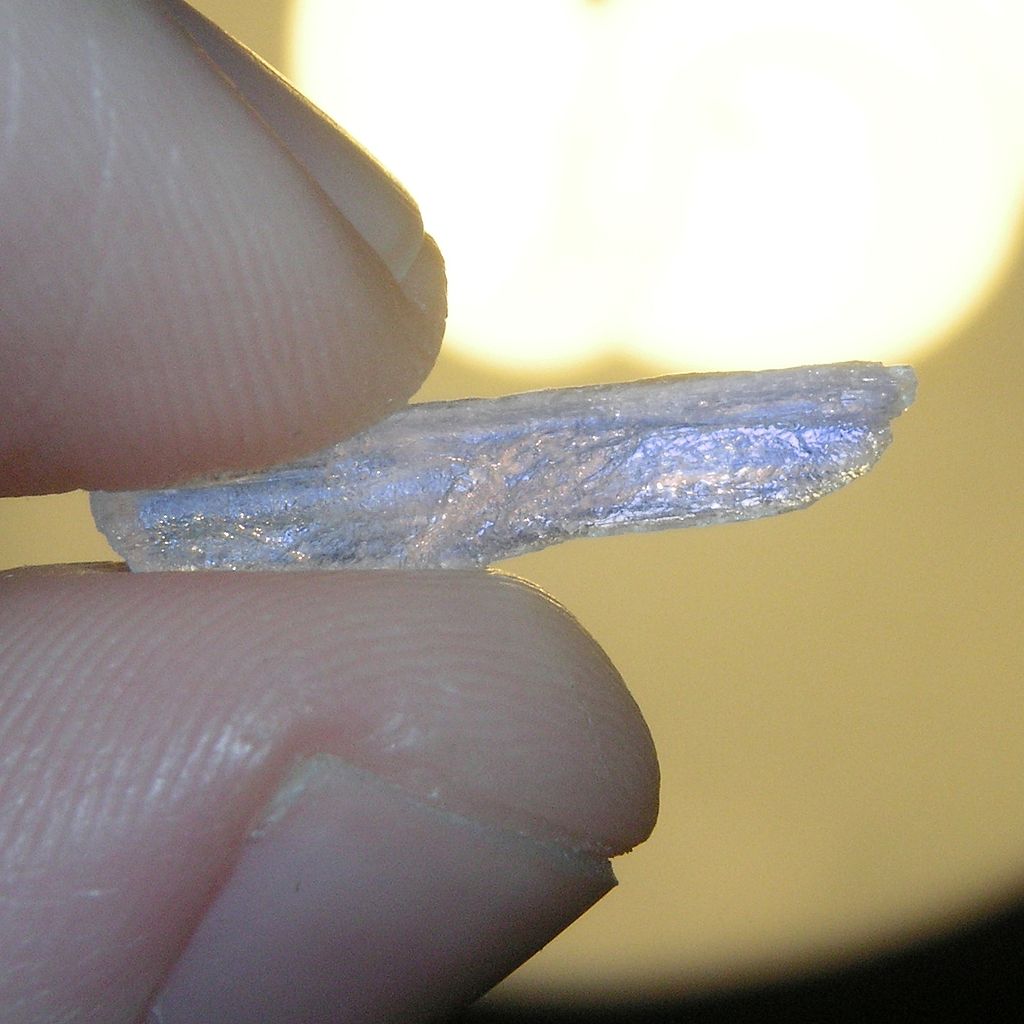[1]
Maranella E,Mareri A,Nardi V,Di Natale C,Di Luca L,Conte E,Pannone V,Catalucci A,Di Fabio S, Severe neurologic and hepatic toxicity in a newborn prenatally exposed to methamphetamine. A case report. Brain & development. 2019 Feb
[PubMed PMID: 30213441]
Level 3 (low-level) evidence
[2]
Limanaqi F,Gambardella S,Biagioni F,Busceti CL,Fornai F, Epigenetic Effects Induced by Methamphetamine and Methamphetamine-Dependent Oxidative Stress. Oxidative medicine and cellular longevity. 2018
[PubMed PMID: 30140365]
Level 2 (mid-level) evidence
[3]
Yang X,Wang Y,Li Q,Zhong Y,Chen L,Du Y,He J,Liao L,Xiong K,Yi CX,Yan J, The Main Molecular Mechanisms Underlying Methamphetamine- Induced Neurotoxicity and Implications for Pharmacological Treatment. Frontiers in molecular neuroscience. 2018
[PubMed PMID: 29915529]
[4]
Turner C,Chandrakumar D,Rowe C,Santos GM,Riley ED,Coffin PO, Cross-sectional cause of death comparisons for stimulant and opioid mortality in San Francisco, 2005-2015. Drug and alcohol dependence. 2018 Apr 1
[PubMed PMID: 29486419]
Level 2 (mid-level) evidence
[5]
Liakoni E,Dolder PC,Rentsch K,Liechti ME, Acute health problems due to recreational drug use in patients presenting to an urban emergency department in Switzerland. Swiss medical weekly. 2015
[PubMed PMID: 26218967]
[6]
Karila L,Megarbane B,Cottencin O,Lejoyeux M, Synthetic cathinones: a new public health problem. Current neuropharmacology. 2015 Jan
[PubMed PMID: 26074740]
[7]
Fleckenstein AE,Volz TJ,Riddle EL,Gibb JW,Hanson GR, New insights into the mechanism of action of amphetamines. Annual review of pharmacology and toxicology. 2007;
[PubMed PMID: 17209801]
[8]
Richards JR,Harms BN,Kelly A,Turnipseed SD, Methamphetamine use and heart failure: Prevalence, risk factors, and predictors. The American journal of emergency medicine. 2018 Aug
[PubMed PMID: 29307766]
[9]
Schuring CA,Dodge DL,Whitcomb TJ,Wall GC,Smith HL,Hicklin GA, Overdoses and Substance Toxicity in Patients Admitted to Intensive Care Units in a Midwestern U.S. City. Journal of trauma nursing : the official journal of the Society of Trauma Nurses. 2018 Mar/Apr
[PubMed PMID: 29521774]
[10]
Richards JR,Hawkins JA,Acevedo EW,Laurin EG, The care of patients using methamphetamine in the emergency department: Perception of nurses, residents, and faculty. Substance abuse. 2018 Mar 29
[PubMed PMID: 29595368]
[11]
Zun LS, Evidence-Based Review of Pharmacotherapy for Acute Agitation. Part 1: Onset of Efficacy. The Journal of emergency medicine. 2018 Mar;
[PubMed PMID: 29361326]
[12]
Richards JR,Albertson TE,Derlet RW,Lange RA,Olson KR,Horowitz BZ, Treatment of toxicity from amphetamines, related derivatives, and analogues: a systematic clinical review. Drug and alcohol dependence. 2015 May 1;
[PubMed PMID: 25724076]
Level 1 (high-level) evidence
[13]
Trivedi MH,Walker R,Ling W,Dela Cruz A,Sharma G,Carmody T,Ghitza UE,Wahle A,Kim M,Shores-Wilson K,Sparenborg S,Coffin P,Schmitz J,Wiest K,Bart G,Sonne SC,Wakhlu S,Rush AJ,Nunes EV,Shoptaw S, Bupropion and Naltrexone in Methamphetamine Use Disorder. The New England journal of medicine. 2021 Jan 14;
[PubMed PMID: 33497547]
[14]
Carfora A,Cassandro P,Feola A,La Sala F,Petrella R,Borriello R, Ethical Implications in Vaccine Pharmacotherapy for Treatment and Prevention of Drug of Abuse Dependence. Journal of bioethical inquiry. 2018 Mar
[PubMed PMID: 29350320]
[15]
Matsumoto RR,Seminerio MJ,Turner RC,Robson MJ,Nguyen L,Miller DB,O'Callaghan JP, Methamphetamine-induced toxicity: an updated review on issues related to hyperthermia. Pharmacology & therapeutics. 2014 Oct
[PubMed PMID: 24836729]
[16]
Lappin JM,Darke S,Farrell M, Stroke and methamphetamine use in young adults: a review. Journal of neurology, neurosurgery, and psychiatry. 2017 Dec
[PubMed PMID: 28835475]
[17]
Roohbakhsh A,Shirani K,Karimi G, Methamphetamine-induced toxicity: The role of autophagy? Chemico-biological interactions. 2016 Dec 25
[PubMed PMID: 27746146]
[18]
Uhlmann S,DeBeck K,Simo A,Kerr T,Montaner JS,Wood E, Health and social harms associated with crystal methamphetamine use among street-involved youth in a Canadian setting. The American journal on addictions. 2014 Jul-Aug
[PubMed PMID: 24628742]

